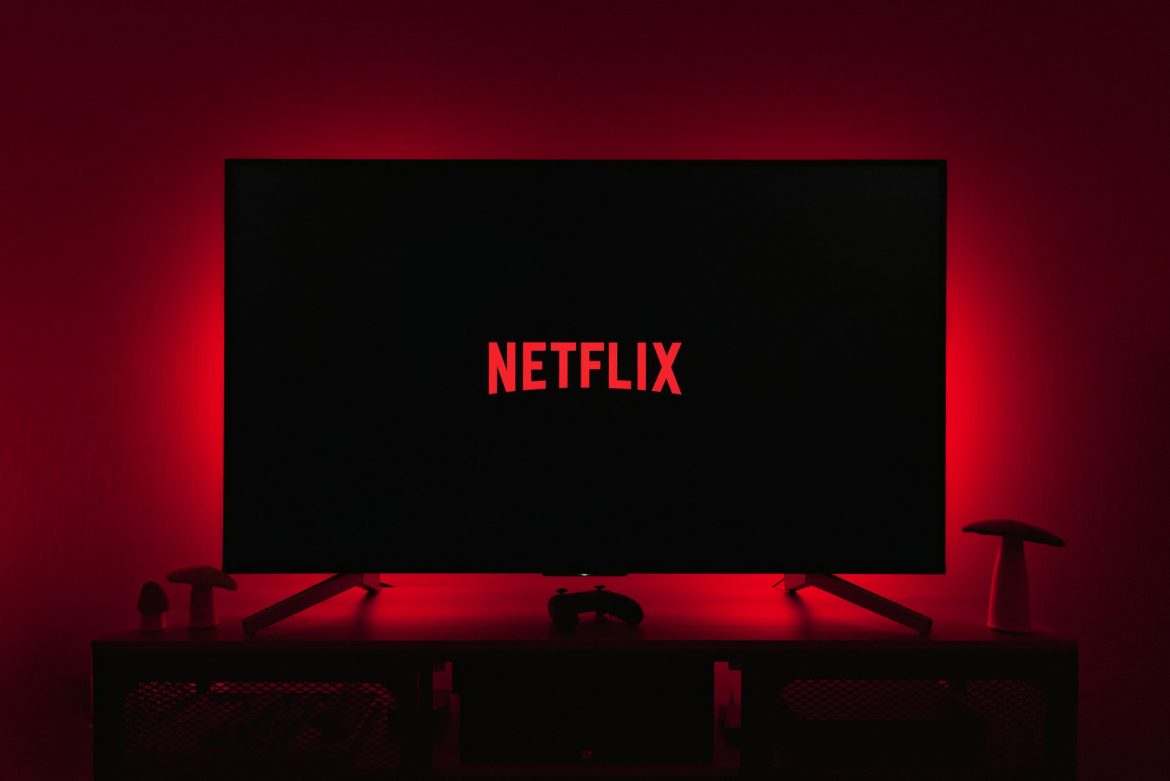In the past decade, the entertainment industry has undergone a seismic shift, largely due to the advent and proliferation of streaming services. This digital revolution has transformed how we consume media, from binge-watching television series to streaming music and podcasts on-demand. Netflix, Amazon Prime Video, Disney+, Spotify, and Apple Music are household names, redefining entertainment and challenging traditional media. This blog explores the evolution of streaming services, their impact on the entertainment industry, consumer behavior, and what the future may hold.
The Evolution of Streaming Services
The journey of streaming services began with the digitization of content and the rise of high-speed internet, setting the stage for a new era in entertainment consumption. Netflix, initially a DVD rental service, pivoted to streaming in 2007, becoming the pioneer in the streaming world. This move marked the beginning of a new digital era, with other companies soon following suit. Amazon launched Prime Video, a benefit of its Prime membership, offering a vast library of movies and TV shows. The entrance of Disney+ into the market further intensified the competition, offering exclusive access to its blockbuster movies, classic films, and original series.
Impact on the Entertainment Industry
The rise of streaming services dramatically alters the entertainment landscape, influencing not just how content is consumed but also how it is produced and distributed.
- Content Production: Streaming services have become significant players in content production, investing billions of dollars in original movies, series, and documentaries. Netflix’s “Stranger Things,” Amazon Prime Video’s “The Marvelous Mrs. Maisel,” and Disney+’s “The Mandalorian” are just a few examples of original content that have garnered critical acclaim and massive audiences.
- Distribution Models: The traditional distribution model of scheduled broadcasts has been disrupted. Streaming services offer on-demand access to content, allowing viewers to watch their favorite shows and movies anytime, anywhere, challenging the relevance of traditional cable and broadcast networks.
- Global Reach: Streaming platforms have globalized entertainment, making it possible for shows and movies to reach international audiences instantly. This has opened up new markets for content creators and allowed for a more diverse range of stories to be told.
Changing Consumer Behavior
The convenience and flexibility offered by streaming services have significantly changed consumer behavior:
- Binge-Watching: The ability to watch entire seasons of TV shows in one sitting has become a cultural phenomenon, changing the narrative structure of series and their release.
- Cord-Cutting: Many consumers are abandoning traditional cable and satellite subscriptions in favor of streaming services, a trend known as “cord-cutting.” The lower cost of streaming services, absence of long-term contracts, and ability to customize viewing preferences drive this shift.
- Multi-Platform Viewing: Consumers no longer tie themselves to their television sets. Smartphones, tablets, laptops, and smart TVs allow for a seamless viewing experience across multiple devices, catering to the on-the-go lifestyle of modern audiences.
The Future of Streaming
As the streaming market becomes increasingly saturated, services are constantly seeking ways to differentiate themselves and retain subscribers. This has led to several key trends that are likely to shape the future of streaming:
- Content Diversification: To stand out, streaming services are diversifying their content offerings, including live sports, music, podcasts, and even video games. For instance, Amazon Prime Video has ventured into sports streaming, securing rights to NFL games, while Spotify has expanded into podcasts, acquiring platforms like Anchor and Gimlet Media.
- Personalization and AI: Advanced algorithms and artificial intelligence personalize viewing recommendations, enhancing user experience and engagement. Netflix, for example, uses viewing data to suggest shows and movies based on individual preferences, ensuring users find content that appeals to them.
- Partnerships and Bundling: As the market becomes more crowded, streaming services are entering into partnerships and offering bundled services to attract and retain subscribers. The partnership between Spotify and Hulu, offering combined subscriptions, is a prime example of this trend.
Conclusion
The rise of streaming services has irrevocably changed the entertainment landscape, offering unprecedented convenience, choice, and flexibility to consumers. Streaming will evolve with tech, consumer preferences, and the quest for diverse, engaging content. In this dynamic environment, streaming services will need to innovate continuously to meet the ever-changing demands of a global audience, ensuring their place in the ever-expanding universe of entertainment.

